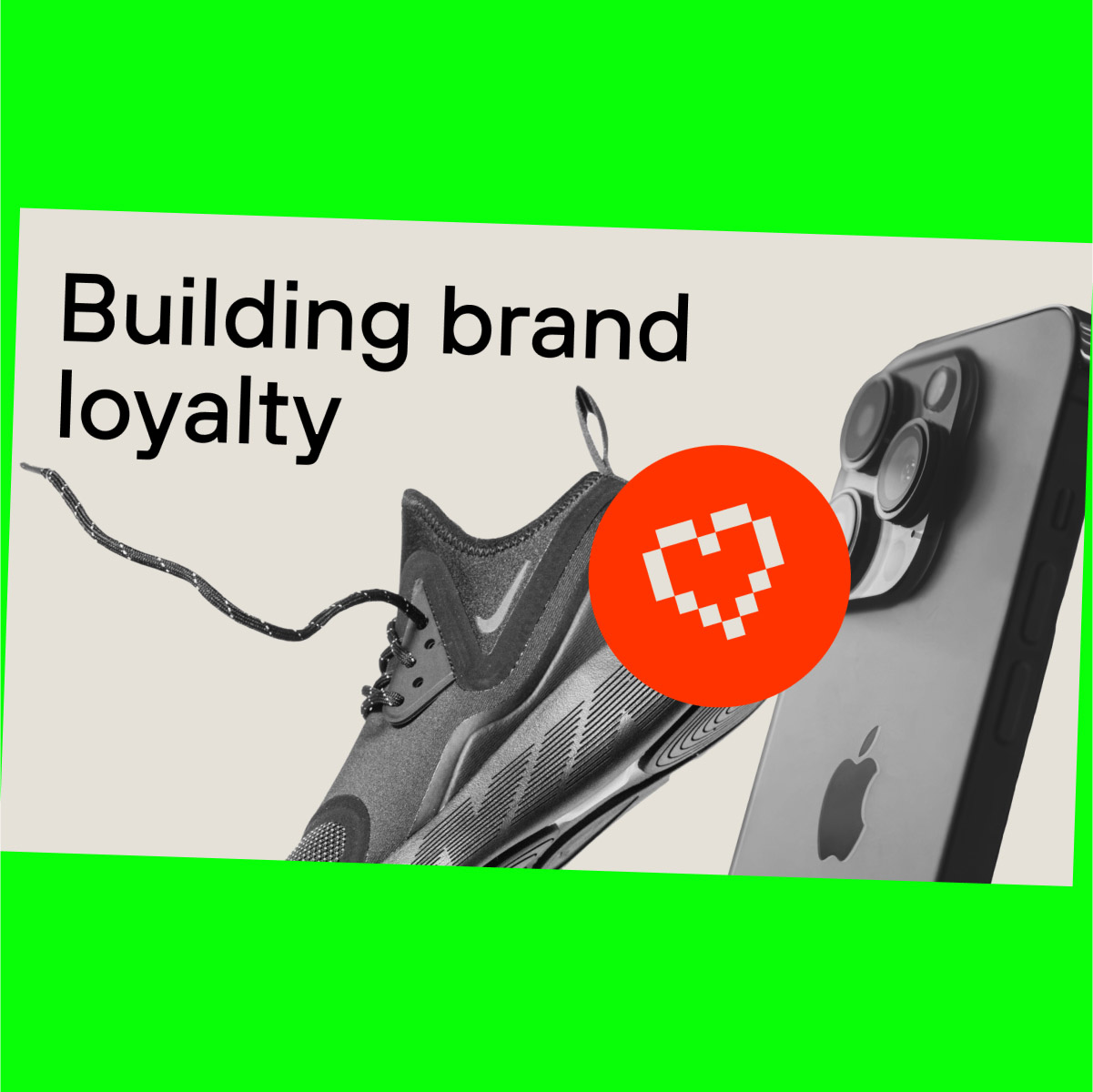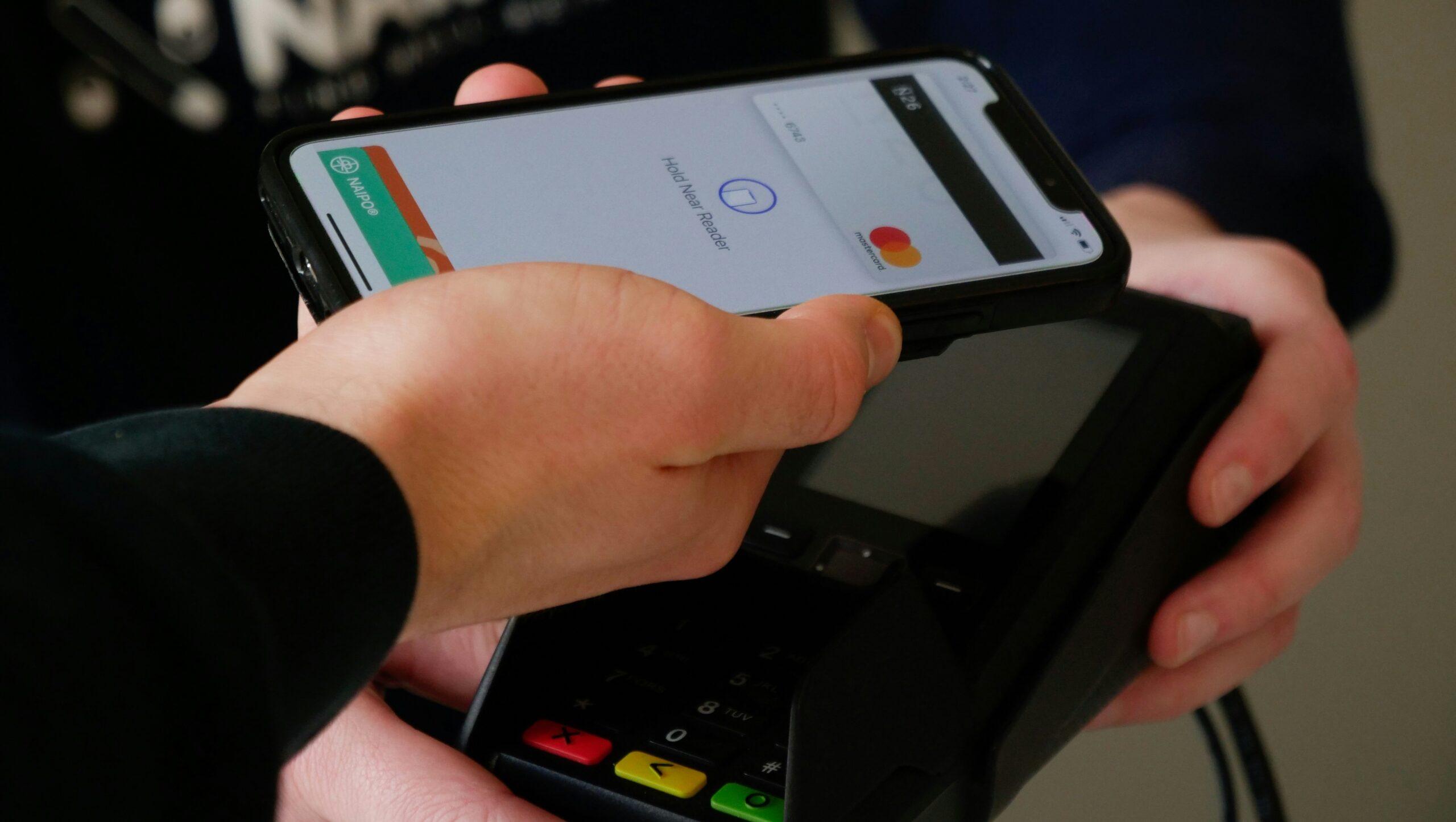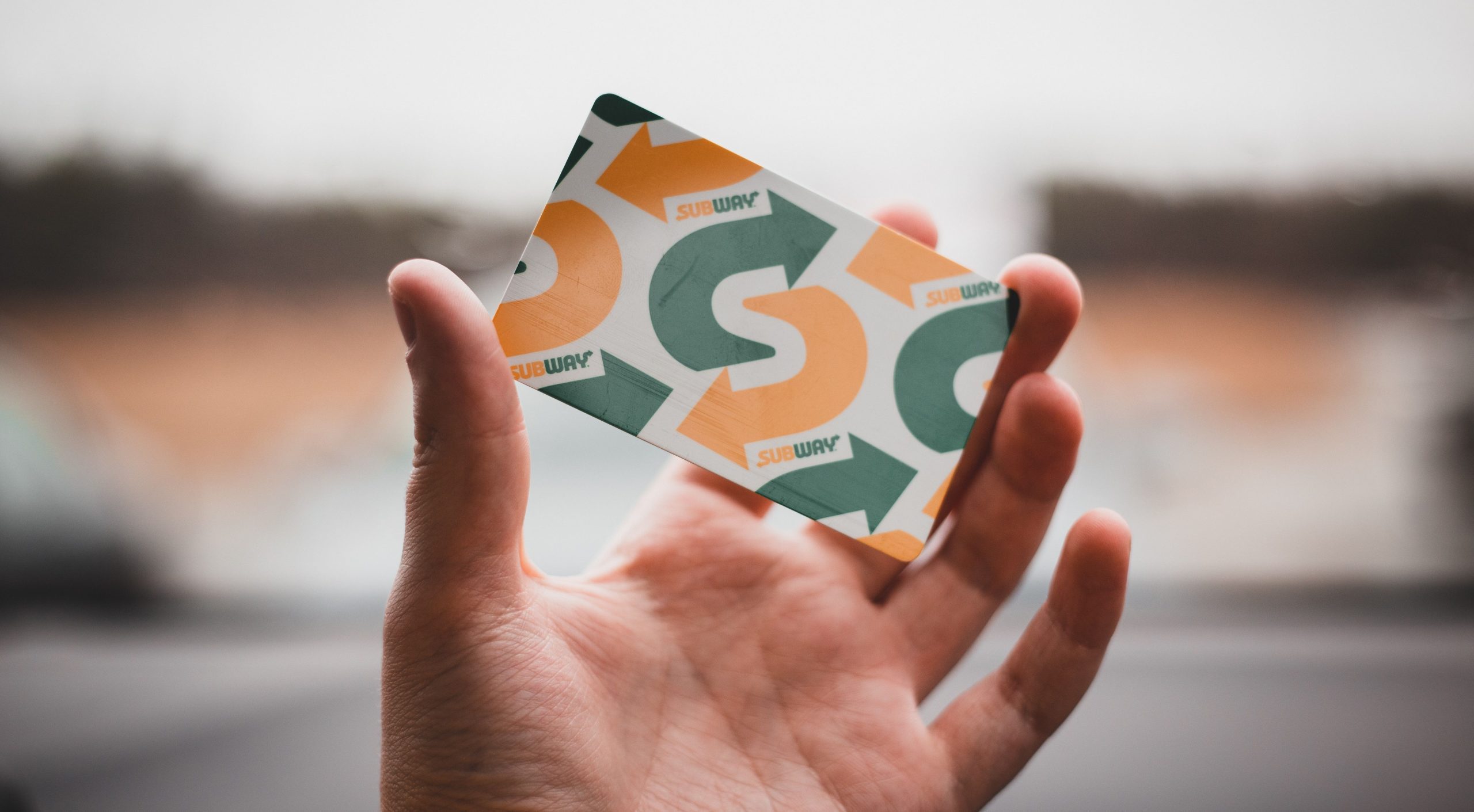10 Strategies for Building Brand Loyalty That Lasts

10 Strategies for Building Brand Loyalty That Lasts
When it comes to strategies for building brand loyalty, it pays to think long-term.
“Without loyalty, you won’t accomplish anything.” These are the powerful words of acclaimed philosopher and theorist, YoungBoy Never Broke Again.
Actually, YoungBoy is a contemporary American rapper, but whatever. The words are no less true.
And although we’ve twisted his sentiment – from being loyal to receiving loyalty from others – the point remains: loyalty is a big deal.
Furthermore, brand loyalty is a prolific plus for any business. Loyal customers are priceless.
But how do you build and maintain brand loyalty? How do you measure it? And how does it differ from customer loyalty?
We answer all these questions and so much more in this ultimate guide to brand loyalty.
Among it all are 10 strategies for creating brand loyalty that stands the test of time.
Here’s everything you need to know…

In marketing circles, brand loyalty relates to a customer’s tendency to repeatedly engage with and purchase products or services from the same brand and associate a positive sentiment towards that particular organisation.
This repeated activity is achieved despite genuine competition, market or societal changes, or even inadequacies with that brand.
Brand loyalty results when there is a strong, emotional connection between a customer and a company. It’s built on trust, satisfaction, and positive experiences that the consumer has with that brand.

While related, customer loyalty and brand loyalty are distinct concepts.
Customer loyalty focuses on consumers’ repeat purchases from a particular business, driven primarily by convenience, habit, or price.
Meanwhile, brand loyalty is a deeper, emotional connection between customers and a brand, leading them to choose that name over competitors time and again.
Although it’s important to invest in both brand and customer loyalty, having a sharper focus on the former pays greater dividends.
While customer loyalty is valuable, it’s often transactional and can be influenced by external factors.
However, brand loyalty is more sustainable and resilient, as it’s rooted in trust and emotional connections.

Here are a handful of significant reasons that it pays to build brand loyalty:
Repeat business: Loyal customers are more likely to make sustained purchases. This reliable revenue stream can profoundly boost your company’s profitability.
Word-of-mouth marketing: Loyal customers often become brand advocates – more on that soon – spreading positive word-of-mouth recommendations within their social circles and converting them to new customers.
Cost efficiency: Obtaining new customers is often more expensive than retaining existing customers. Generating brand loyalty helps to reduce your customer acquisition costs.
Resilience to competitive pressure: Loyal customers are less likely to switch to competitors solely based on price fluctuations, making your brand less vulnerable to market changes.
Brand extensions: Loyal customers are more likely to try new products or services launched by your brand, amplifying diversification and growth.

Ok, these are more tips than comprehensive strategies, but their importance is noteworthy.
If your business is striving to generate repeat customers, it’s crucial to implement these actions to help make it happen:
1. Deliver Consistent Quality
This is essential for generating brand loyal customers. Consumers come to rely on your brand when they consistently receive products that meet or exceed their expectations.
Quality quickly builds trust and confidence, making customers more likely to return. Consistency also ensures that customers have a predictable and positive experience with your brand every time they engage with it.
2. Exceptional Customer Service
Outstanding customer service plays a prime role in brand loyalty. When customers feel valued and respected, they are more likely to become loyal advocates for your brand.
This includes addressing inquiries and issues promptly, being courteous and empathetic, and going ‘the extra mile’ to exceed customer expectations. Exceptional customer service not only resolves problems but lays the foundation for positive emotional connections.
3. Personalisation and Customisation
Tailor your products, services, and marketing efforts to individual customer preferences, as personalisation makes customers feel recognised and appreciated. Analysing data and customer insights helps to achieve this.
When consumers receive offerings that align with their interests and needs, they are more likely to become loyal customers.
4. Build Trust and Transparency
Trust is at the heart of great brand loyalty, so demonstrate honesty and transparency in all your interactions with customers. This includes clearly communicating your brand’s values, mission, and business practices.
It also means providing information about the sourcing and production of your products. Customers appreciate brands that are open about their processes and are more inclined to trust and support them.
5. Loyalty Programs and Rewards
Implement loyalty programs that reward customers for repeat business. These loyalty programs can include points, discounts, bonuses, exclusive access, or special perks for loyal customers.
By offering tangible rewards, you not only incentivise repeat purchases but make customers feel appreciated and valued for their loyalty to your brand. There’s a lot to be said about value, even if it’s perceived value.

6. Engage in Social Responsibility
Show your commitment to social and environmental responsibility. Engaging in causes that align with your brand values can create a sense of purpose for your customers.
Whether it’s supporting a charity or cause, reducing environmental impact, or addressing social issues, demonstrating a commitment to making a positive impact can foster strong emotional connections with customers who share those values.
7. Consistent Branding and Messaging
Maintain a consistent brand identity and messaging across all touchpoints. Consistency helps customers recognise and remember your brand, creating familiarity and trust.
Whether it’s your logo, tagline, or overall brand voice, ensuring uniformity reinforces brand loyalty and reaffirms your brand’s identity in consumers’ minds.
8. Solicit and Act on Customer Feedback
Actively seek feedback from your loyal customer base and demonstrate that you value their opinions. Use surveys, reviews, and feedback channels to gather insights into their experiences with your brand.
Most importantly, take action on the feedback you receive. When customers see that their input leads to improvements in products or services, it strengthens their loyalty and engagement with your brand.
9. Create a Sense of Community
Foster a sense of community among your existing customer base. Encourage them to interact with each other and with your brand. This can be achieved via online forums, social media groups, or exclusive events.
When customers feel a sense of belonging and connection with your brand and other like-minded consumers, they are more likely to remain loyal and engaged.
10. Surprise and Delight
Occasionally, surprise your customers with unexpected gestures or rewards. These can include personalised thank-you notes, birthday discounts, or exclusive previews of upcoming products.
Surprise-and-delight moments create memorable experiences and conjure positive emotions, reinforcing brand loyalty. These unexpected acts of kindness can also lead to positive and all-important word-of-mouth marketing.
Incorporating these tips into your brand strategy can help you to build and maintain brand loyalty that lasts, ultimately leading to repeat business and enthusiastic brand ambassadors.

To expand on the above, one of the most effective ways to build brand loyalty is through emotional branding.
This involves creating a strong emotional connection between your brand and its customers. To achieve this:
Tell a compelling story: Craft a brand narrative that resonates with your target audience’s values and aspirations. Storytelling has the power to engage customers on a deeper level.
Be authentic: Maintain a genuine tone in your messaging and actions. Authenticity builds trust and strengthens the emotional bond between the brand and the consumer.
Champion positive emotions: Aim to create positive emotions such as joy, nostalgia, or empathy in your marketing campaigns. These emotions create lasting impressions and connections.
Consistent branding: As we’ve touched on already, maintaining a consistent brand identity and messaging across all touchpoints reinforces the emotional connection customers have with your brand.

Customer experience (CX) plays a decisive role in building and maintaining brand trust, and therefore loyalty. To create a seamless and positive CX, consider the following:
Personalisation: Customise your products, services, and marketing efforts to individual consumer preferences, creating a more personalised experience.
Consistency: Ensure a consistent experience across all customer touchpoints, whether it’s online, in-store, or through customer service channels.
Feedback loop: Solicit and act on customer feedback. This demonstrates that you value your audience’s opinions and are committed to improving its experiences.
Easy accessibility: Make it straightforward for customers to interact with your brand and access information or support when desired.

Customers who go above and beyond in promoting your business voluntarily are money-can’t-buy assets for any business.
Here’s why they’re important:
Word-of-mouth marketing: Advocates recommend your brand to others, amplifying your reach and influencing potential customers.
Trustworthiness: Recommendations from genuine customers carry more weight and trustworthiness than paid advertising.
Cost-efficient: Building and nurturing brand advocates is often more cost-effective than traditional marketing strategies.
Loyal ambassadors: Advocates become loyal ambassadors for your brand, defending it in times of criticism or controversy and supporting it through thick and thin.

Measuring brand loyalty is critical to understanding the effectiveness of your strategies. Primary metrics and methods for measuring brand loyalty include:
Customer retention rate: Monitor the percentage of customers who continue to purchase from your brand over time.
Net Promoter Score (NPS): NPS measures customer satisfaction and the audience’s willingness to recommend your brand to others.
Customer Lifetime Value (CLV): Calculate the total value a customer brings to your business over its entire relationship with your brand.
Customer surveys: Conduct surveys to gather feedback and gauge consumer sentiment towards your brand.
Social media engagement: Track social media interactions, including likes, shares, and comments, to measure brand engagement.

While building brand loyalty is crucial; maintaining it is equally important. Here are some tips to keep your customers loyal over the long term:
Consistent quality: Repeatedly deliver high-quality products or services to meet customer expectations.
Adapt to changing needs: Stay attuned to evolving customer preferences and adapt your offerings accordingly.
Communication: Keep the lines of communication open with your customers, addressing any issues promptly and proactively.
Surprise and delight: Occasionally surprise your customers with exclusive offers, personalised gifts, or unexpected rewards.
Community building: Generate a sense of community among your customers, encouraging them to interact with each other and your brand.

We know all about how to build brand loyalty here at Hunt + Hawk.
Drop us a line if you need some pointers. We’re always keen to share our expertise.